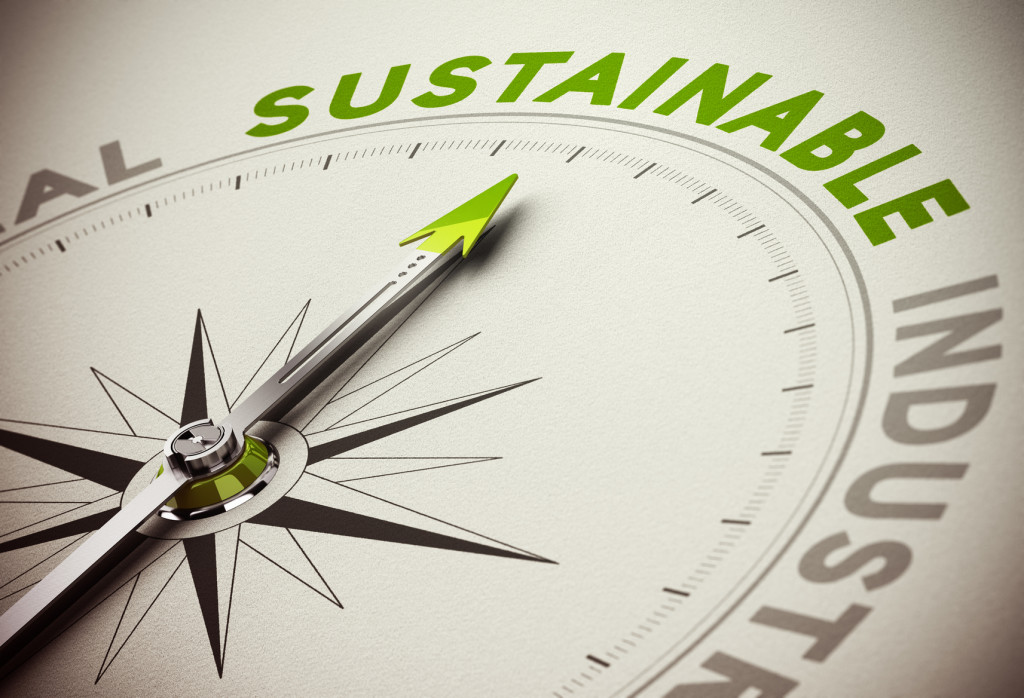Two of the leading global sustainability reporting figures: GRI (Global Reporting Initiative), and SASB (Sustainability Accounting Standards Board) have recently announced their collaboration to end the confusion for business and stakeholders and to coordinate some of the environmental, social, and governance (ESG) standards. The main objective of their collaboration is to simplify the standards of ESG to align more with TCFD, the Task Force on Climate-related Financial Disclosures recommendation (Admin).
“Our basic SASB 101 pitch that we give to everyone we speak to talks about SASB and GRI as being complementary, but we never could breakthrough into the public sphere with that message,” SASB CEO Janine Guillot stated. “It was always this conflicting narrative, which was extremely frustrating” (Makower).
Makower, Joel. “GRI and SASB Are Collaborating. Is That Good News for Companies?” Greenbiz, 13 July 2020, www.greenbiz.com/article/gri-and-sasb-are-collaborating-good-news-companies.
This “conflicting narrative” that Guillot is referring to is the constant argument between who has superior standards.
“For years, the two organizations competed for attention and dominance among corporate reporters, NGOs, and the mainstream investor community. Sometimes it got contentious. For example, at a sustainability reporting conference in Singapore last fall, the CEOs of GRI and SASB ‘traded barbs over whose was the superior standard” (Makower).
Makower, Joel. “GRI and SASB Are Collaborating. Is That Good News for Companies?” Greenbiz, 13 July 2020, www.greenbiz.com/article/gri-and-sasb-are-collaborating-good-news-companies.
After butting heads on which criteria and company were better, SASB’s new CEO, Guillot, led the launch of the companies new relationship. They want to help “customers of sustainability data understand the similarities and differences in the information created from these standards”, according to a joint briefing document (Makower).
Perfect Timing
The announcement of this collaboration couldn’t have been made at a better time, with environmental, social, and governance (ESG) metrics climbing in popularity within the investing community. It is vital to create a clear and concise way to understand differing criteria so that companies join the movement. Cooperation between GRI and SASB is beneficial to new stakeholders who are interested in ESG investing and want to learn more about it without getting too confused. This team effort from SASB and GRI removes any chance of sustainability investments from being gatekept. If your company is looking to being more sustainable Hydrus, an ESG reporting company, can give your business a free report demo today.
This collaboration is also well-timed due to the emergence of COVID-19.
“If the COVID-19 pandemic has shown us anything, it’s that nonfinancial disclosure is very meaningful from a global financial standpoint and that the concept of what is financially material and what is considered not financially material is a very dynamic thing,” Mohin explained. “We went from the issues that are important in a pandemic being sort of down the list to being front and center overnight. And now we have the issues of racial justice and inequality front and center. We’ve seen how the events of the world can change that definition for a company very, very quickly, which I think is one of the very important messages here of why GRI and SASB need to work together” (Cohn).
Cohn, Michael. SASB Teams with GRI on Sustainability Reporting. 13 July 2020, www.accountingtoday.com/news/sasb-teams-with-gri-on-sustainability-reporting.
The coronavirus outbreak has forced society to look beyond a company’s direct financial performance and to observe how well companies are handling the crises. Some of the aspects individuals are noticing are whether a company is focusing on their employee’s health, job security, and responding to customers’ needs.
ESG investments have also been doing better than ever since the pandemic emerged. In the first quarter alone, sustainable funds have seen record inflows. Learn more information about this topic by visiting our most recent blog post.
Why do SASB and GRI work so well together?
SASB criteria concentrate on the portion of “sustainability-related risks and opportunities most likely to affect a company’s financial condition (such as its balance sheet), operating performance (such as its income statement), or risk profile (for example, its market valuation and cost of capital)” (Cohn).
In contrast, GRI Standards focus on “economic, environmental and social impacts of a company, and its contributions — positive or negative — toward sustainable development” (Cohn). This means that they identify issues that concern current or future stakeholders. Issues could impact the company’s financial position and cause a decline if they are not addressed.
Both SASB and GRI frameworks are essential, and complimentary for collaboration. Both companies have come to an agreement that it is in the stakeholder’s best interest to create a cohesive, harmonious, and transparent application of ESG reporting standards– and this will encourage more companies and investors to acknowledge the importance of integrating sustainability in mainstream company practice.



